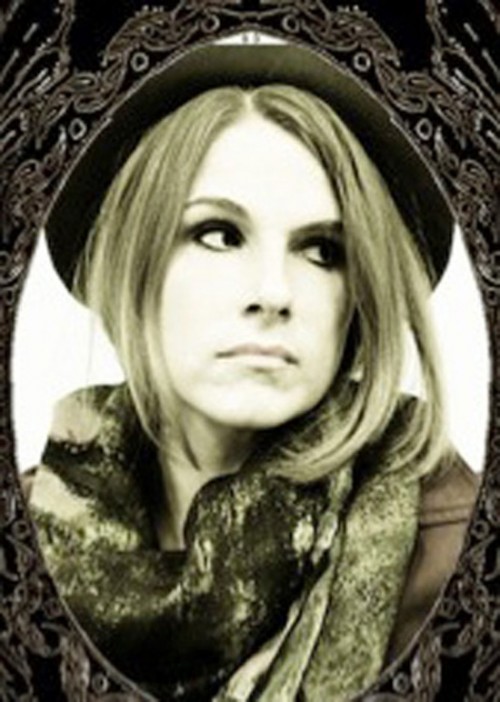
The Assassination of Jesse James. EgoPo Classic Theater, 2012
American theater in the 19th Century included many genres, among them Shakespeare, minstrelsy, vaudeville, melodrama and Wild West shows. Philadelphia and New York saw the classics interpreted by Edwin Forrest and Edwin Booth, but the hinterlands favored more modest diversions.
EgoPo’s The Assassination of Jesse James is based on an itinerant entertainment about the notorious bank robber that played in the 1880s, mostly in humble South and Midwest establishments, including saloons. Director Brenna Geffers built this show from some of those scripts as well as dime novels, folk songs and contemporary newspaper stories about James and his gang.
James became a folk legend during the 1870s and even more so after he was shot in the back by Robert Ford in 1882 at the age of 34. His legacy was romanticized in songs, novels and plays like this one. He was depicted as a latter-day Robin Hood, standing up against corporations in defense of the small farmer (although there’s no evidence that his gang shared its loot with anyone).
What we see is a melodrama from the viewpoint of James sympathizers, meant to please audiences who were partial to his cause. James is portrayed as intelligent, fearless and generous. A song lyric contends, “He stole from the rich and he gave to the poor/ He’d a hand and a heart and a brain.”
EgoPo’s production should fascinate even a novice, but familiarity with James’s story will enhance your enjoyment of the show. Nineteenth-Century audiences, of course, were intimately aware of the details and they had strong emotional involvement. Today it’s fun to observe how its words and actions pander to those sentiments.
James came from a region of Missouri known as “Little Dixie.” His county had more slaveholders than any other part of that border state. During the Civil War, a 16-year-old Jesse James fought as a guerilla warrior against Union troops. After the war, the federal and state governments freed Missouri’s slaves and excluded former Confederates from voting, serving on juries or preaching from church pulpits. This measure embittered many Missourians against the Republican presidency of Ulysses Grant, and against big business and banks.
After the war, James and his gang robbed banks, stagecoaches and trains and murdered people. James was championed as a hero by the editor of the Kansas City Times, portrayed in this play as a former Confederate cavalryman. He published letters from James denouncing Republicans and their policies: “Grant robs from the poor and gives to the rich.”
The Assassination of Jesse James is the opener in what EgoPo calls a Vaudeville Festival. It combines drama with music, but be forewarned that this vaudeville bears little resemblance to what Gene Kelly and Donald O’Connor portrayed in Singin’ in the Rain, nor to the acts introduced on TV by Ed Sullivan. It’s a predecessor.
The setting (by Doug Greene) replicates one of the dime museums popular at that time, displaying guns, paintings, trophies and an attractive but anachronistic early-20th Century Victrola. Sawdust covers the floor, a bar serves drinks and a sign advises, “Bang yer boots here.” Costumes by Natalia de la Torre are colorfully detailed, with a dazzling variety of frontier hats.
Director Geffers uniquely cast this play entirely with women. They inhabit their men’s parts without any mocking tone. It’s an attempt to break out of sexual stereotypes by showing women as adventurers, unconcerned about their bodies.
Melanie Julian (who impressed as Mrs. Frank last season in EgoPo’s The Diary of Anne Frank) played Jesse James with compelling self-confidence. Amanda Schoonover compellingly took two contrasting roles, as Jesse’s wife and also as a doctor who infiltrates the gang, changing costumes and personalities almost with the blink of an eye.
Kate Brennan was excellent as a Charles Ford who was torn between loyalties to his leader and to his kid brother, the assassin Robert Ford. Colleen Hughes was striking as that trembling, callow youth, and Maria Konstantinidis displayed a beautiful voice as a gang member as well as multiple victims.
Please share your thoughts and your opinions with us. Address to editor@theculturalcritic.com
Read other reviews on The Cultural Critic